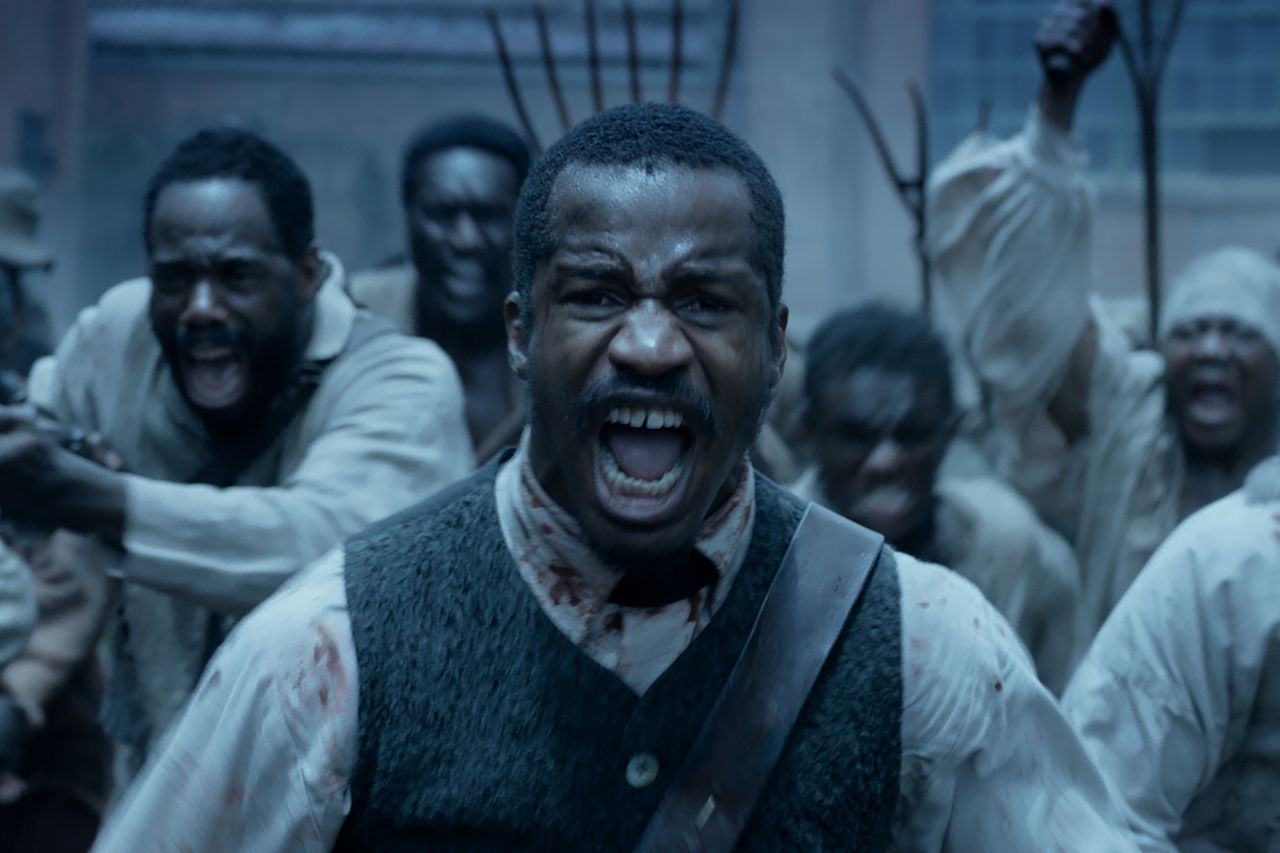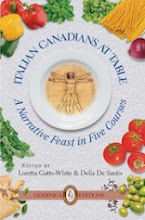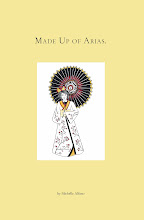Birth of a Nation (U.S., 2016) directed by Nate Parker, 120 minutes
This year, for the first time in many years, I vowed that I would do something
other than review the TIFF films I've seen. My thoughts were that I would write
a short essay relating to themes about the films themselves. We could not have
started the film festival with a bigger bang - Birth of a Nation - directed by Nate Parker.
This film is, undoubtedly, a substantial and important piece of cinematic art,
by a relatively unknown entity. It is rare that the slow holocaust, which slave
ownership in the Americas represents, has been documented by a black artist
(with the notable exception of Steve McQueen's 2013 film 12 Years a
Slave). Parker is a triple threat - he wrote, directed, and starred as Nat
Turner, the leader of the 1831 slave rebellion in Virginia.
Parker was astute enough to coop the name of the most famous pro-KKK film of
all time by D.W. Griffith's, a silent film masterpiece, clouded with its own
controversy. Who could forget the image of the "heroic" KKK riding to
the rescue of the imperilled Southern whites at the end of the film?
Now we learn, with shock and revulsion, after our initial excitement about this
new film that there was another imperilled individual at the centre of the film's
controversial reception - the alleged 1999 rape of Parker's classmate at Penn
State. It gets more complicated. The alleged co-assailant was Jean Celestin who
co-wrote the screenplay for Birth.
Parker was acquitted; Celestin was convicted of sexual assault. The charge
against Celestin was overturned some years later when a judge ruled his trial
attorney was ineffective in his defense.
I won't enumerate the details too closely here. They are easily accessed. The
actions of the two men, during, and immediately after, were sordid and
very disturbing and many would say completely inexcusable. How to reconcile
this with the raw and beautiful and horrifyingly detailed film we saw?
The depiction of slavery in the film is vivid - perhaps too vivid for some -
the relentless lynchings for minor transgressions, the frequent beatings of
slaves, the forced feeding of slaves who refused to eat, the rape of slave
women, the sexual exploitation of female children, the on-going terrorization
and persecution, the dehumanization. It's all there ... sadly it builds to a
righteous crescendo for the film viewer. We witness the daily indignities and
horrors that the slave Nat Turner endures until it reaches an unstoppable
breaking point leading to the rebellion which lasted for 48 hours and lead to
the massacre of 60 odd members of slave holding families (including his own “master”
Sam Turner) as well as the killing of many more blacks - free and slave - by
vindictive white forces after the rebellion is quelled.
But it s not merely the ugliness that is depicted so well ... it is the beauty
of a slave mother's love for her son, for that son's love for his grandmother,
the love between husband and wife, the joy expressed at a "wedding"
between two slaves who clearly adore each other (Colman Domingo and Gabrielle
Union), the care with which the tortured, whipped son (Parker) is administered
by his family and clan. Parker captures it all. The rage, the love, the
courage, the indignity, the bravery, the sense of community, the wasted human
potential and talent.
***
What does a sentient being with progressive views do with this information
about Parker? What did we do when we learned of Roman Polanski's rape of a
thirteen year old in the 1970s? (“It was a different time,” some say with sage nod.)
Or the allegations surrounding Woody Allen's molestation of his adopted daughter
Dylan? For many admirers (myself amongst them), we did nothing. Or - in a different artistic field – how did we
process the information of Pablo Picasso's brutal physical treatment of the
women in his life? Or Miles Davis?
Largely, we continued to watch (and praise)
their films, admire their art and music. Perhaps we did so with a troubled
consciousness. Does it matter if they are long dead like Picasso or Davis? If I
go to a Picasso exhibit or listen to a Miles Davis CD - do they profit from
this? Or only in terms of the respect they still retain in the artistic
community? If I attend a Woody Allen movie, he certainly does profit in a
manner that Picasso does not.
Roxane Gay, a prominent black feminist whom I respect a great deal, wrote a
convincing opinion piece called "Nate Parker and the Limits of Empathy" in the NYT
to the effect that she cannot separate the artist from the art and won't be
seeing the film. Nor can I at times if I am honest. Parker, unfortunately,
will be imbedded in my consciousness as the talented director/likely rapist. I
was conflicted about how to proceed and how much to support the film.
It gets messier: the alleged assailants are
both black, the victim white. Some Penn students claimed that “Jennifer” (a
name given to her to mask her identity) was ashamed that she had had sex with a
black man and made up the rape accusations. If she did, she paid a very heavy
price for that lie.
Arguments against supporting Parker are both
factual and emotional: he did have sex with “Jennifer”, a woman who was
intoxicated at the time. She claims she did not give consent, he says she did.
We have a very different idea of consent to sexual intercourse today than we
had in 1999. He is alleged to have “invited” other classmates to join in – one
did (Celestin), one did not (Penn classmate Tamerlane Kangas who quickly left
the scene according to testimony). Parker and Celestin, as well as others, were
alleged to have harassed the young woman after she pressed charges. The woman
eventually was so distraught that she left school and years of instability and
depression followed ending in her suicide in 2012. Is Parker accountable for
this?
On the other side of the argument: the charges
were seventeen years ago and he was acquitted. How long should he pay for this
crime, if indeed it was a crime? Today, he seems genuinely penitent but does
not deny what he did. One of his co-stars, the actress Gabrielle Union who
herself has been a victim of sexual assault, has spoken out to defend him in
that she believes that he recognizes the magnitude of his actions and believes
that he is a changed person – now a married man with his own daughters.
Then there is the matter of the seriousness
and quality of the art he has produced. Should it disappear into oblivion
because of what he did? It is historically important, beautifully constructed
and we are presently in a virtual desert of works by black artists in the
cinematic mainstream. Does that count for something?
I saw the film, not because I don’t believe
Jennifer’s allegations are
false. I believe they are likely true. I am just uncertain that, henceforth, I
must now avoid, discount, disregard, everything that Parker produces as an
artist.
For some there is a
compromise – see the film by illegal means so that he does not profit from it.
See it because it is an important piece of history to remember. It is beautiful
and painful and essential to understanding the American psyche. That’s right …
I am advising you to commit a crime, to avoid rewarding a man who likely
committed a serious crime where the end result was that an innocent woman
killed herself.
~












